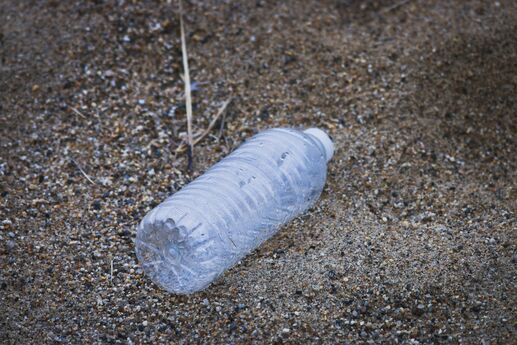What Happens to Plastic Water Bottles?
We've all been there. The last few drops of cool, refreshing water has just trickled down the back of our tongue, and then disappeared down our gullet. It felt so good that we instinctively look at the receptacle that had just delivered such a glorious sensation, only to find two unfortunate truths. The first truth, the most reflexive and instinctive, is that there is no water left to drink. The second truth, that some but not all of us feel, is the artificial, plastic bottle in our cool hand. This second truth is the one all of humans deal with every day as we try and wean ourselves off of the plastic and the waste. We try and try harder with in-home filtration systems and fancy reusable water bottles, but sooner or later we all face the second truth.
So, how do large drinking water brands who deliver their product in a PET ( Polyethylene Terephthalate ) plastic bottle, the kind that are polluting our oceans and waterways, ensure that we are doing our part to recycle and inject sustainability into our supply chains? We'll answer those questions, but first some uncomfortable facts about plastic, recycling and fossil fuels:
- It take about three times the amount of water to product the water that goes into a bottle of water. So, that means a liter of delicious, premium water requires 3 liters to produce. Most people choose to ignore these realities, and point to recycling to justify their consumer choices.
- It requires about 17 million barrels of oil to produce all of the bottle water humans drink in 1 year.
- In the United States, only about 12% of plastic bottles get recycled or repurposed, and the remaining 88% end up in a landfill. These numbers were better before the current trade war with China when the Chinese would buy up recycled plastic and cardboard for their own manufacturing, but not anymore.
- Americans throw away about 35 Billion plastic water bottles every year
- It takes about 2,000 times the amount of energy to produce a bottle of water than it does the same amount of tap water.
- In the United States, 100 humans open a bottle of plastic water every second of every day.
The list of unpleasant truths goes on and one, and you can read more about it here. So, lets try and pivot to some of the things that we can do differently to help ensure sustainability for our environment in the coming decades.
- Stop using plastic bottles. This one sounds easier than it is. Bad habits are hard to break, and none harder than the bottled water habit. But by using reusable steel water containers or installing a home filtration system, you can help to significantly cut down on the use of plastic in bottles.
- Raise awareness about the environmental crisis we've created by our collective plastic water bottle habit. Encourage family, friends and co-workers to stop consuming plastic bottles.
Most agree that a combination of cutting back on PET consumption and finding more environmentally friendly alternatives to PET is the best path forward. For more information about reducing the impact humans are having on the environment, please visit the Environmental Protection Agency website.
Photo by Brian Yurasits on Unsplash




 The word artesian comes from the town of Artois in France, the site of the old Roman city of Artesium, where the world’s most famous free flowing wells were drilled centuries ago during the Middle Ages.
The word artesian comes from the town of Artois in France, the site of the old Roman city of Artesium, where the world’s most famous free flowing wells were drilled centuries ago during the Middle Ages.